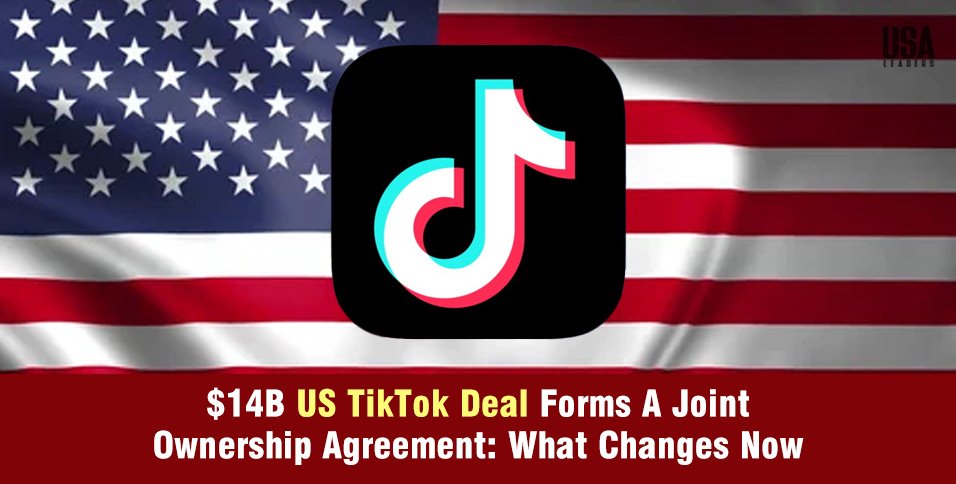The USA Leaders
August 11, 2025
Santa Clara – In the high-stakes world of semiconductor technology, where market access can be worth billions, what is the price of national security? For U.S. tech titans Nvidia and AMD, the answer is now a concrete number: 15%. A landmark, and controversial, agreement with the U.S. government now sees these firms paying a significant slice of their revenue from Chinese AI chip sales directly to Washington. This unprecedented move raises a critical question: is this the future of balancing commerce with national security, or a risky gambit that could reshape global tech competition? The debate over AMD & Nvidia China chip sales has never been more intense.
The 15% Cut Explained: A Government Mandate for National Security
The U.S. government’s decision to introduce a 15% cut on AMD & Nvidia China chip sales stems from its ongoing efforts to protect national security.
In particular, the government is concerned that Chinese advancements in AI, powered by U.S.-made chips, could support military technologies, including supercomputers and AI-driven warfare applications. As part of this initiative, companies like Nvidia and AMD must now pay the U.S. government a portion of their revenue from the Chinese market.
Nvidia’s CEO, Jensen Huang, has lobbied the U.S. government to allow sales to resume, arguing that blocking American companies from competing in China would harm the U.S. tech ecosystem.
Despite this, the 15% revenue share remains a condition for market access, creating an unusual dynamic where national security concerns intersect with business interests.
Sales Figures and Market Share: How Much Is on the Line?
China has been a crucial market for both Nvidia and AMD. In 2024, Nvidia generated a significant $17 billion from China, contributing 13% to its overall sales.
AMD, while smaller, also saw impressive numbers, with $6.2 billion from China, making up 24% of its total revenue.
In the coming year, Nvidia was expected to sell over $15 billion worth of its H20 chip to China, while AMD aimed to sell $800 million of its MI308 chip.
Both companies have adapted to U.S. export restrictions by tailoring specific products for China. Nvidia’s H20 chip and AMD’s MI308 are designed to comply with these controls while still catering to Chinese demand for cutting-edge AI technology.
Despite the 15% revenue-sharing requirement, Nvidia and AMD likely see the value in regaining access to this massive market, as it fuels their ongoing research and development (R&D) endeavors.
Financial Implications: A Hit to Profit Margins
One of the more significant consequences of this revenue-sharing deal is its direct impact on the profit margins of both companies. Analysts predict that Nvidia will pay approximately $3.45 billion annually to the U.S. government from its projected $23 billion worth of H20 chip sales in China by 2025.
For AMD, the 15% cut will reduce its net profit margin on its MI308 chip from 30% to 15%, as the company will likely bear the full cost of the revenue share.
While these payments represent a sizable chunk of the companies’ revenue, the arrangement does allow them to continue selling in a high-demand market. However, the long-term effect on profitability remains to be seen.
How Will the 15% Cut Affect Stock Prices?
Investors are watching closely to see how the 15% cut will impact the share prices of both Nvidia and AMD. Though the 15% reduction in margins might seem like a setback, the ability to continue accessing the Chinese market might offset these losses by ensuring sustained revenue growth.
Nvidia’s stock has already reached record highs, and AMD’s shares are near a 52-week peak, indicating that investors see the value in maintaining these critical international sales channels.
That said, uncertainty remains. Any future regulatory shifts or changes in U.S.-China relations could lead to stricter export controls or even the termination of the revenue-sharing model, which would introduce a layer of risk for investors.
The Ethical Debate: Is This Fair to Tech Giants?
The ethical dimensions of the 15% cut raise several questions for tech industry stakeholders. While the arrangement is framed as a national security measure, it raises concerns about the broader implications for corporate ethics.
Should tech companies be forced to share a significant portion of their earnings to comply with national security interests?
Is this the price of doing business in China, or does it open the door to government overreach into private sector profits?
From a corporate standpoint, this 15% cut could be seen as a necessary compromise to ensure continued market access in a crucial region. However, it also reflects the increasingly blurred lines between government policy, national security, and corporate profitability. The long-term consequences of such a revenue-sharing model could have significant implications for the future of global business operations, especially in high-stakes industries like AI.
National Security or Financial Strategy?
The core of the matter lies in the balancing act between national security concerns and economic interests. The U.S. government has implemented these controls to ensure that China does not develop advanced AI for military use, but it is also tapping into the financial gains generated by the chip sales to fund domestic investment initiatives.
Some critics argue that this arrangement blurs the line between national security and financial gain, suggesting that the U.S. government is profiting from a strategic security decision.
On the other hand, U.S. officials, including Commerce Secretary Howard Lutnick, maintain that ensuring Chinese access to American technology is in the best interest of the U.S., as it helps maintain the “American tech stack” as the global standard, even if the most advanced chips are withheld.
Conclusion: A Necessary Trade-off?
The 15% cut on AMD & Nvidia China chip sales is a groundbreaking development in the intersection of national security and business operations. While the revenue-sharing model offers the companies continued access to a key market, it also raises important questions about the ethical and financial implications of such arrangements.
The tech industry, investors, and policymakers will be closely watching how this scenario unfolds in the coming months as both companies navigate the delicate balance between profitability and compliance with national security interests.
As the global market continues to evolve, it remains to be seen whether this new precedent will become the standard for future government interventions in the tech sector.
Also Read: Firefly Aerospace Stock Soars 55% on Nasdaq Debut: New Industry Emerging on Stock Exchanges?































